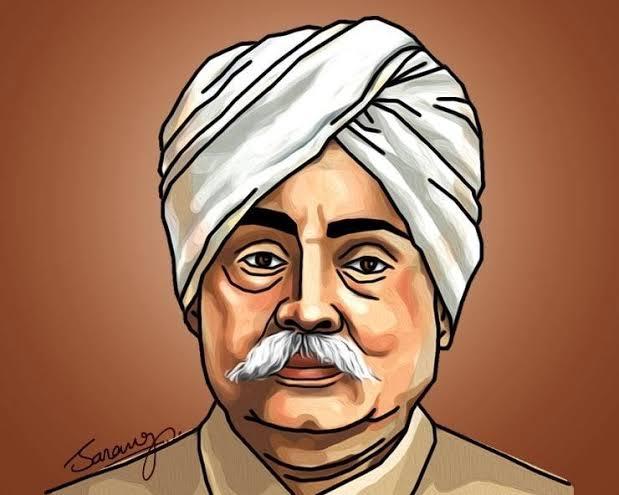In addition to his law practice, Lajpat Rai was deeply involved in the Indian independence movement. He was a member of the Indian National Congress, and was one of the leaders of the "Lal-Bal-Pal" trio, along with Bal Gangadhar Tilak and Bipin Chandra Pal. During the Lahore Session of the Congress in 1893, Rai met Bal Gangadhar Tilak, another nationalist, and the two became lifelong associates. Rai, Tilak, and Bipin Chandra Pal fervently advocated the use of Swadeshi goods and mass agitation in the aftermath of the controversial Partition of Bengal in 1905 by Lord Curzon.Lajpat Rai's political activism focused on the rights of Indians and the need for Indian independence from British rule. He was a strong advocate for the rights of farmers and workers and fought tirelessly to improve their living conditions. He also worked to improve the education system in India and was a vocal critic of the British government's policies towards India. In 1885, Rai established the Dayanand Anglo-Vedic School in Lahore and remained a committed educationist throughout his life.In 1907, Lajpat Rai was arrested and exiled to Mandalay, in present-day Myanmar, for his political activism. He spent a year in exile, during which time he wrote a book, "The History of the Indian National Movement," which detailed the history of the Indian independence movement and the struggles of the Indian people.
*Return to India*
In 1908, Lajpat Rai returned to India and resumed his political activism. He continued to be a vocal critic of the British government's policies towards India and was a strong advocate for Indian independence.In 1913, Rai set out for a lecture tour to Japan, England, and the United States, but was forced to stay put abroad after World War I broke and remained overseas until 1920. During his travels, he met many diaspora communities and founded the Indian Home Rule League of America in New York City in 1917.In 1919, Lajpat Rai was again arrested and imprisoned for his political activism. He was released from prison in 1920, and soon after, he was elected as the President of the Indian National Congress during its Special Session in Kolkata in 1920, which saw the launch of Mahatma Gandhi’s Non-cooperation Movement. He was subsequently imprisoned from 1921 and 1923.

